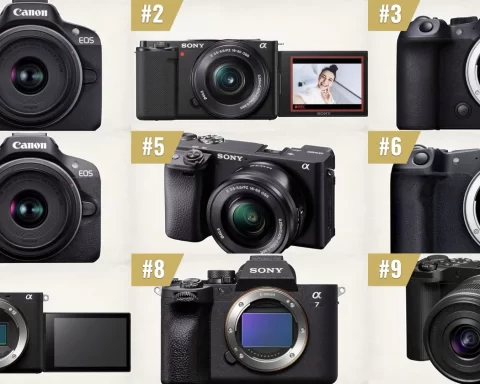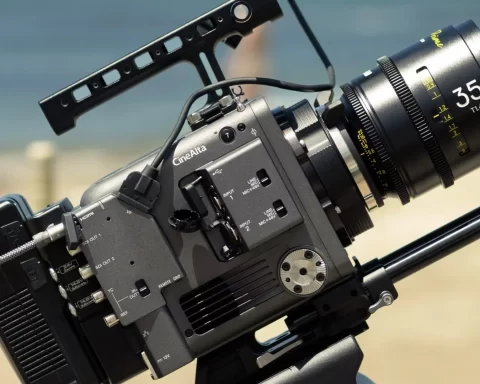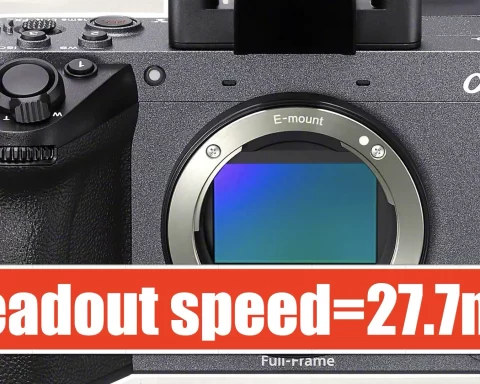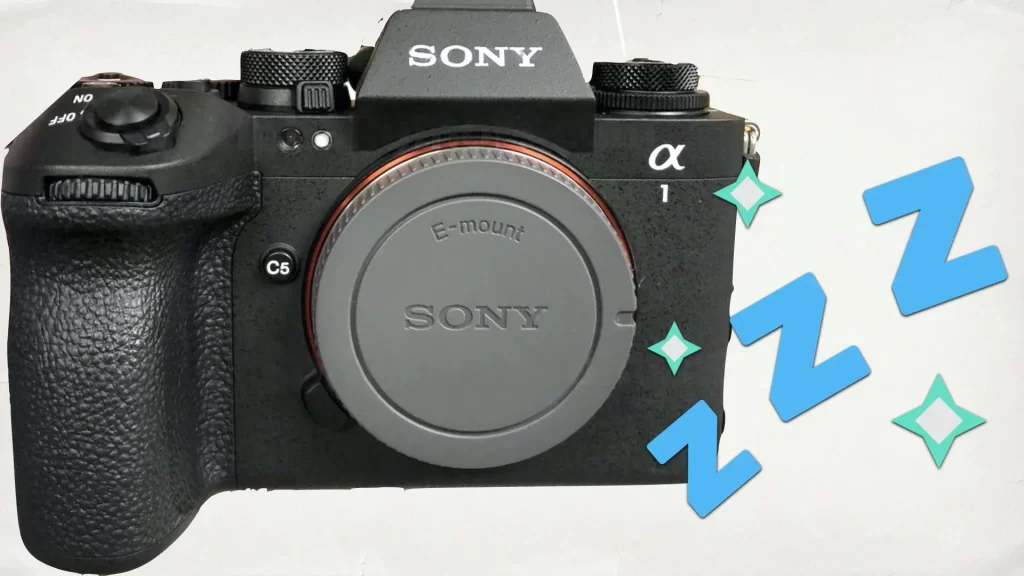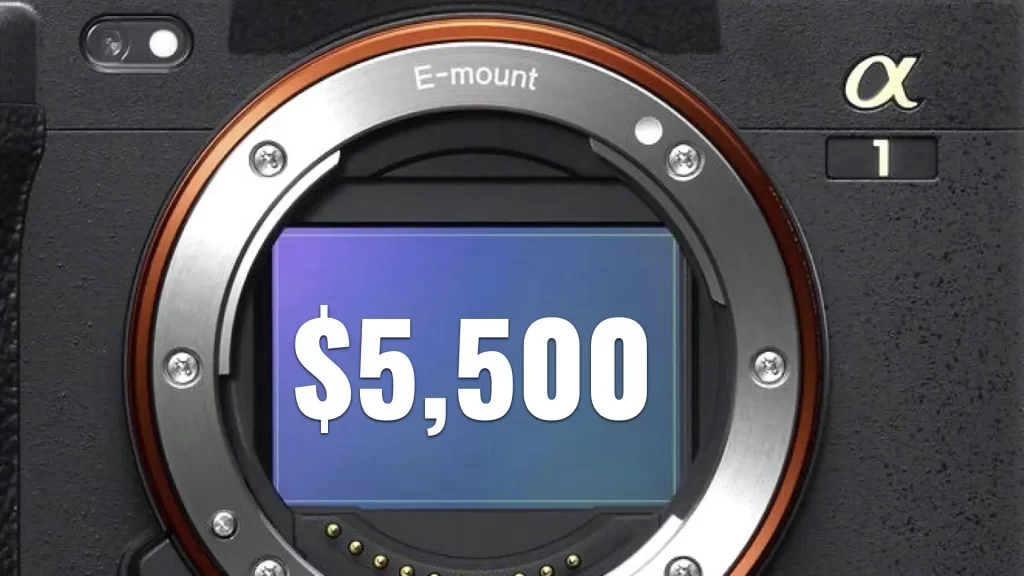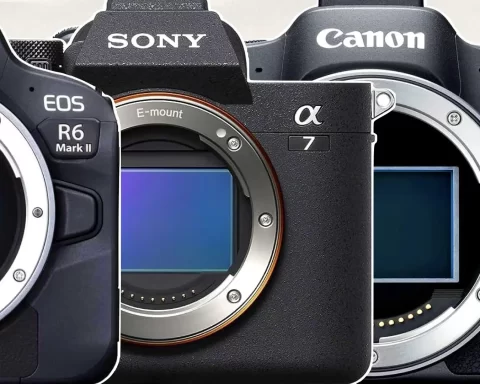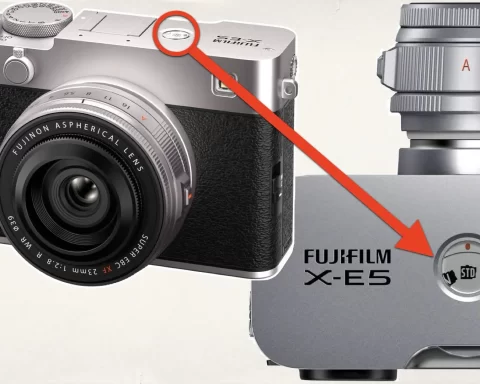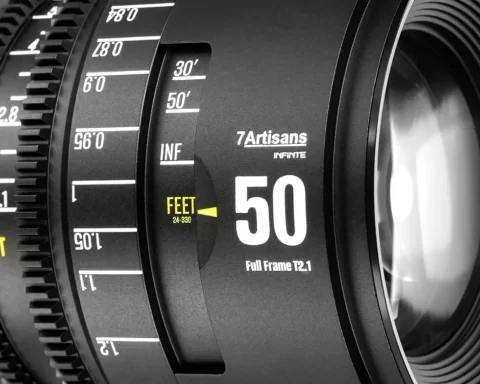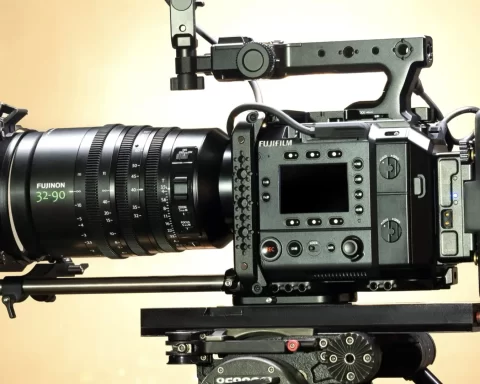Sony has once again redefined imaging technology with the announcement of a new industrial sensor. While designed for industrial applications, this sensor’s size, just shy of Micro Four Thirds (M4/3), and its innovative features suggest it could herald a new era for professional video and mirrorless cameras.
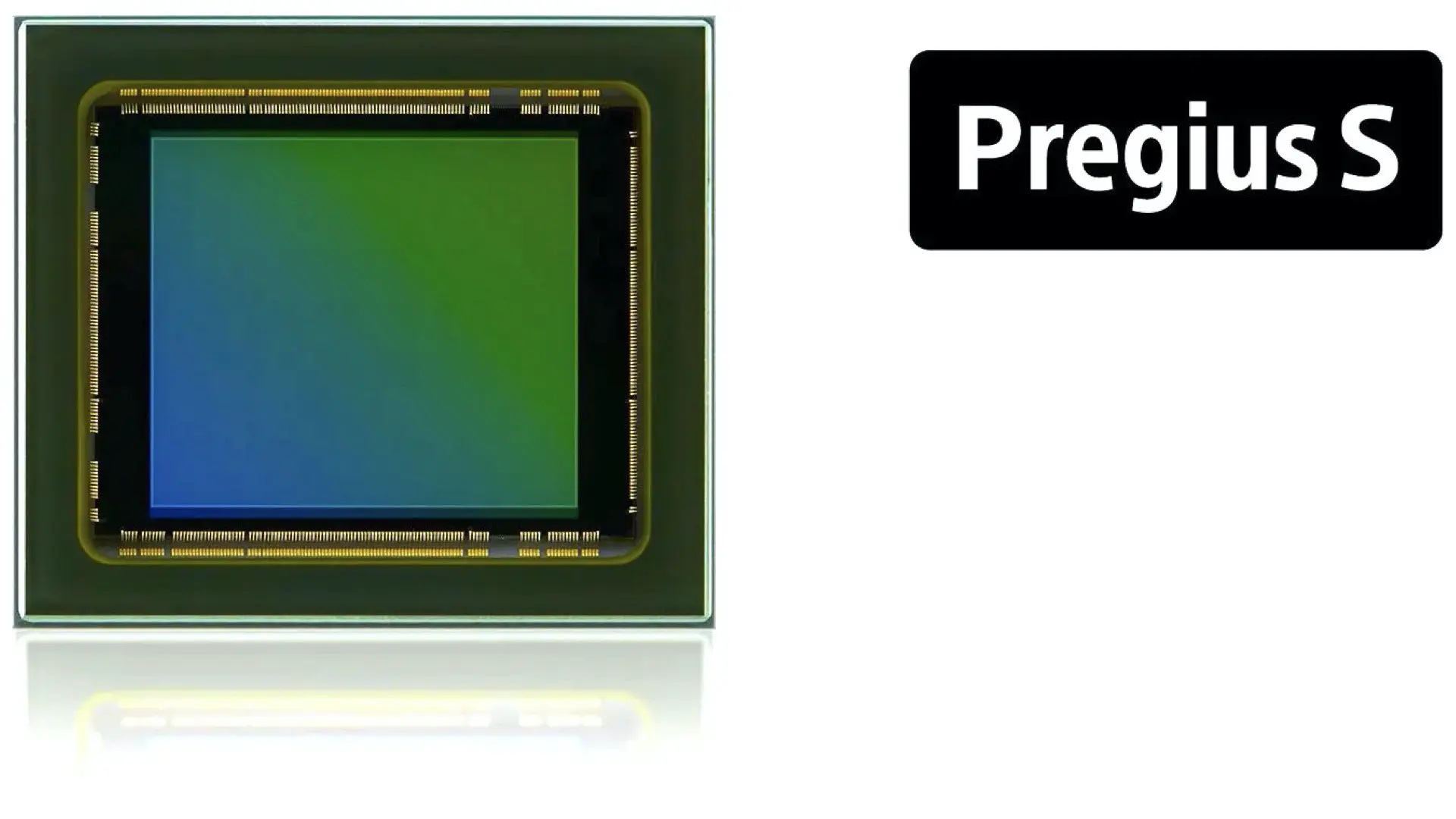
Global Shutter: Closing the Rolling Shutter Chapter?
This new sensor titled IMX925, features a global shutter, a long-sought feature that eliminates the rolling shutter effect seen in fast-moving shots or when panning quickly. Sony has been at the forefront of this technology, exemplified by the Alpha 9 III, the world’s first full-frame global shutter camera. The Alpha 9 III proved global shutter could work in consumer products, even if its cinematic potential was undercut by the video footage being ironically shot on another camera. Talk about dropping the ball, Sony! Global shutter is a buzzword often accompanied by bold promises. Remember Atomos’ Sapphire sensor? Introduced with much fanfare as an 8K global shutter marvel, it quietly vanished like a mirage in the desert. Meanwhile, Sony, Canon, and Nikon are steadily advancing. Canon, for example, showcased its own 5.7K global shutter sensor, proving the tech is no longer just theoretical. And Nikon’s quiet exploration of global shutter for future cinema cameras might mean serious competition is on the horizon.
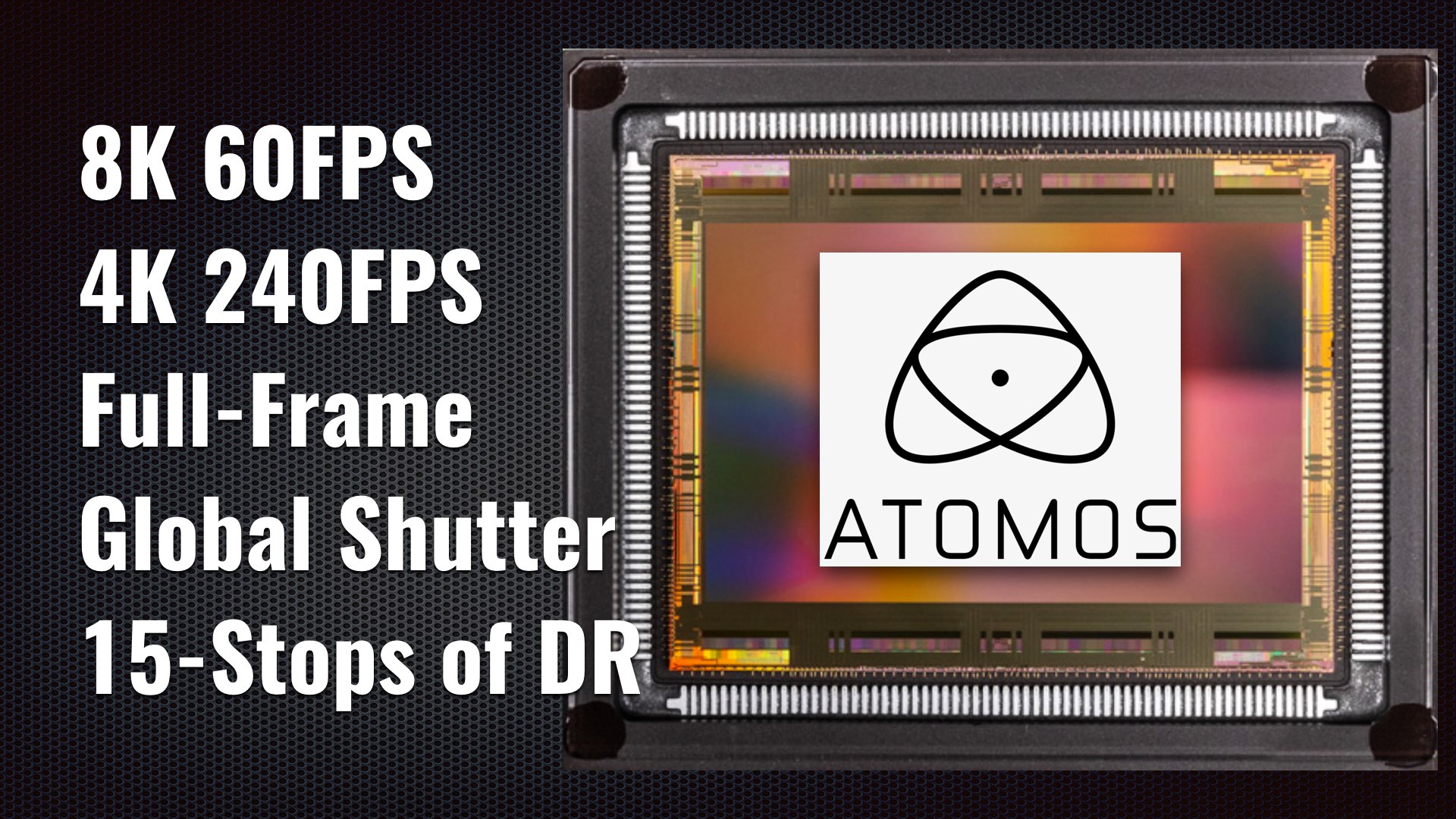
Why Does FPS Matter? (400 FPS!)
A standout feature of Sony’s new sensor is its ability to shoot at a jaw-dropping 400 FPS. This is an incredible feat for a sensor slightly smaller than M4/3, making it ideal for high-speed videography. Imagine the cinematic potential: crystal-clear slow-motion sequences with no motion distortion. This could push the boundaries of storytelling, especially in dynamic environments like sports or action-packed scenes.
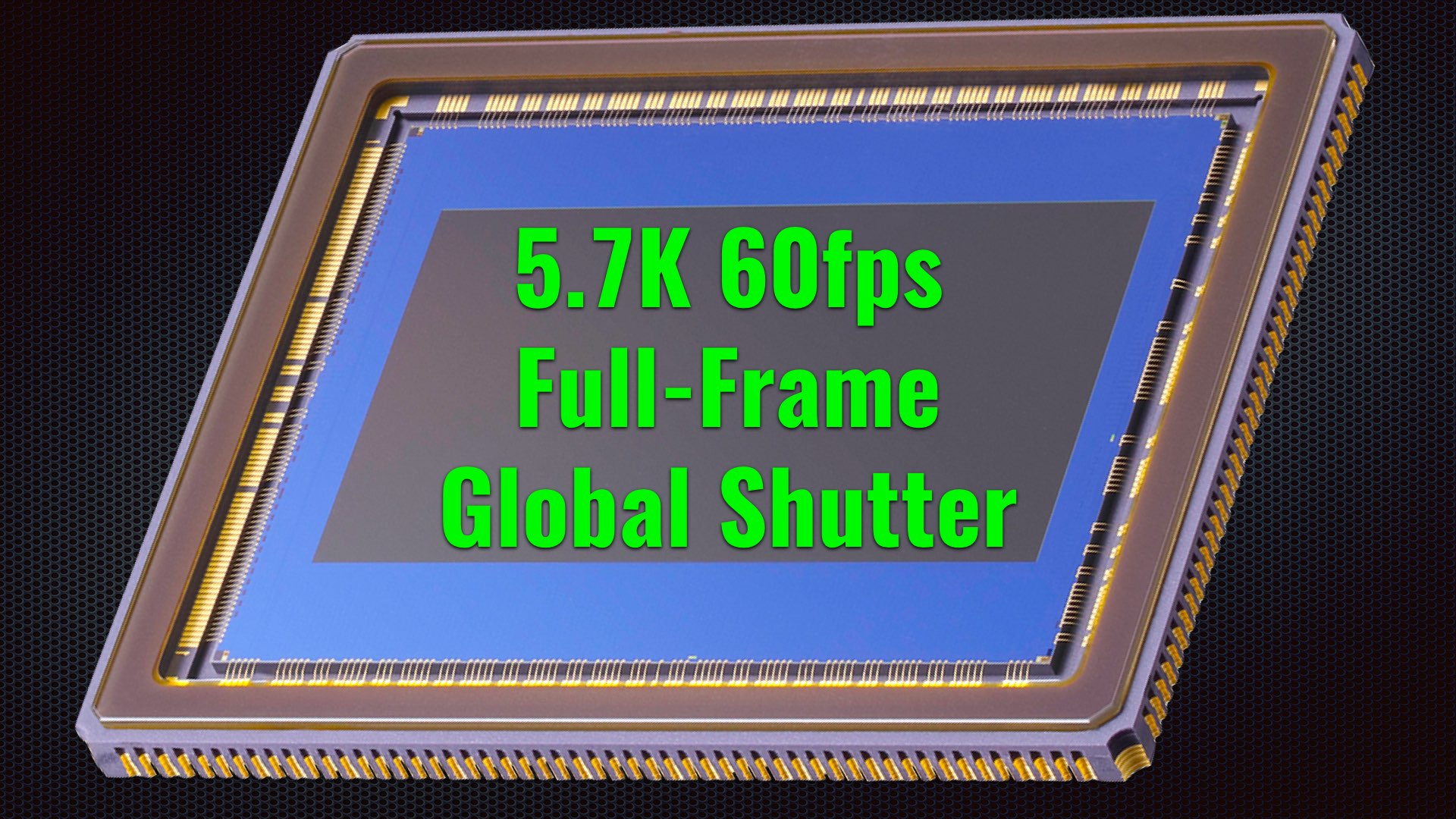
Industrial Sensor or Cinematic Marvel?
Although Sony has categorized this as an industrial sensor, the line between industrial and cinematic applications continues to blur. Global shutter technology, coupled with high frame rates, could address long-standing demands from filmmakers and professionals. Sony’s track record with cutting-edge technology, as seen in its Alpha 9 III, positions this sensor as a potential candidate for the next generation of mirrorless cameras designed for professional video. We’ve also seen how smaller formats can deliver cinematic results. Global shutter is already a hot topic, as explored in this in-depth analysis. The industrial origins of this sensor might just be a starting point before it trickles down into professional video tools.

A Bright Future for Filmmaking
Sony’s announcement is more than just another industrial sensor release. It represents the potential for another leap forward in video technology, catering to filmmakers’ demands for speed, accuracy, and cinematic quality. As Sony, Canon, and Nikon continue the race toward accessible global shutter cameras, we might finally leave rolling shutter artifacts in the past.


